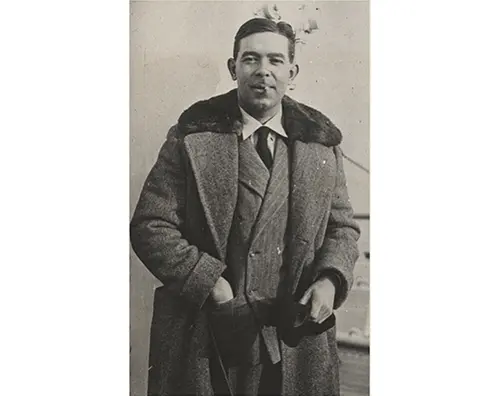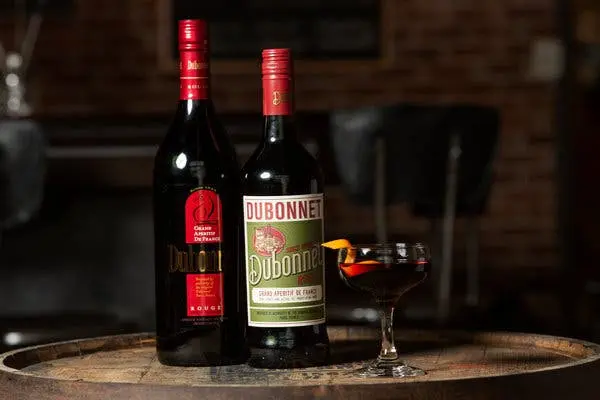Dubonnet – French vermouth (fortified wine) based on cinchona bark with a strength of 14,8% vol. Produced since the XNUMXth century, named after its inventor Joseph Dubonnet, available in white and red versions. In addition to the classic options, there is also Dubonnet Gold – vermouth with the addition of vanilla and orange.
History
Joseph Dubonnet, a Parisian apothecary, wanted to invent a cure for malaria and in 1846 created cinchona wine. The drink turned out to be very bitter, so the young pharmacist supplemented it with essences of various herbs and spicy tinctures. Initially, the drink was used for its intended purpose – it was taken by infected soldiers of the Foreign Legion, but then Madame Dubonnet served vermouth at a home reception as an aperitif, and the guests liked the new drink.

Since 1976, the Dubonnet brand has been the property of the Pernod Ricard concern.
In addition to France, this cinchona aperitif is also produced in the USA, at the production of Heaven Hill Distilleries. The strength of the American version is 19% vol.
Dubonnet is popular in Great Britain, it was this vermouth that was preferred by the Dowager Queen Mother Elizabeth Bowes-Lyon. The royal person mixed the aperitif with gin in the proportion of 70/30, added ice and a slice of lemon to the cocktail. Her daughter, Elizabeth II, also loves this cocktail, only she mixes Dubonnet with gin in a 2: 1 ratio.
Manufacture
Red vermouth is produced on the basis of grape must from the Grenache Noir and Carignan varieties, for the white version they take Muscat juice, Grenache Blanc and Macabeo. To stop the fermentation of the must, it is mixed with 96% alcohol, getting a fortified wine – mistelle.
A base white or red wine is added to an almost ready drink, which is pre-infused with aromatic herbs and spices. Dubonnet is then mixed with fruit essences and aged in oak barrels for at least a year.

Vermouth is known to contain quinine, gentian, orange, cane sugar and unroasted coffee, but the exact ingredients are kept secret. Chamomile, elderberry, cardamom, creamy toffee, nuts, chocolate are felt in the taste of the drink.
How to drink Dubonnet
Herbal vermouth is served neat with ice as an aperitif, it is also included in a number of cocktails. Most often it is mixed with lemon tonic or soda.
Today, Dubonnet is popular mainly among the older generation, belonging to the upper middle or upper classes. Accordingly, the drink is rarely found in stores. Fans of this vermouth should order it online or negotiate with local bars so that they always keep a supply of cinchona aperitif.

Cocktails with Dubonnet
Dandy: 1¼ parts Dubonnet, 1½ parts bourbon, ¼ part orange liqueur, 2 drops each of Angostura and orange bitter. Mix all ingredients in an ice-filled shaker and serve with a slice of lemon or orange.
The Twist: 1 dubonnet, 2 parts prosecco. Pour both ingredients in turn into a wine glass, add ice to taste, garnish with lemon zest.
French Connection: put a few ice cubes in a highball glass, pour in 2 parts Dubonnet and 1 part grapefruit juice, add 3 parts tonic on top and mix lightly.
Dubonnet Cup: put a slice of lemon, orange and cucumber into an old-fashioned glass, lightly press down so that the fruit gives juice. Add 2 parts Dubonnet and 1 part apple juice, stir. Top with 1 part ginger ale. Serve with a strawberry and a slice of cucumber.









